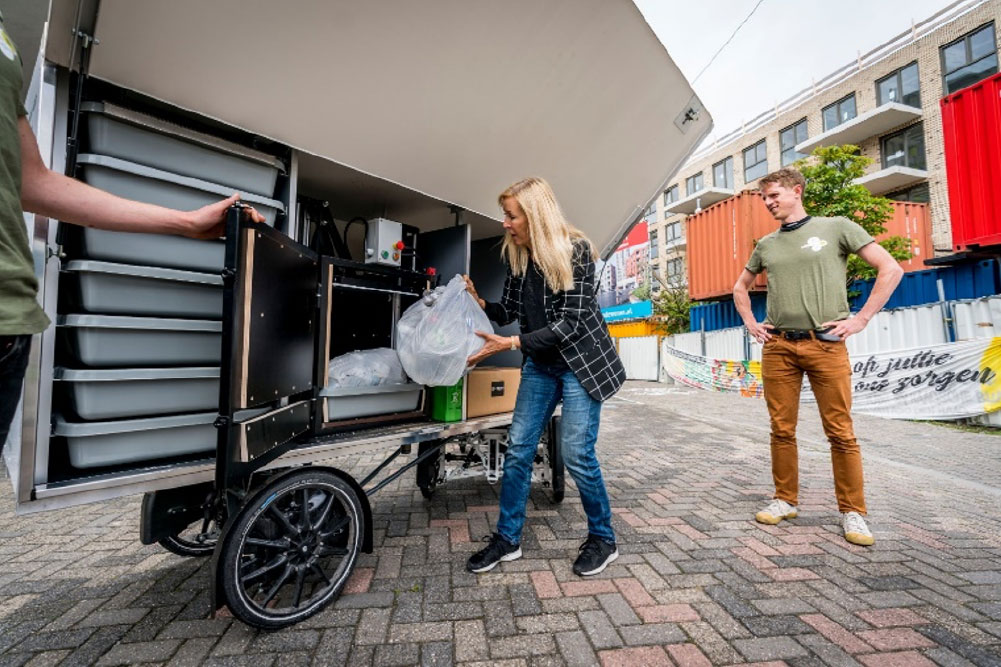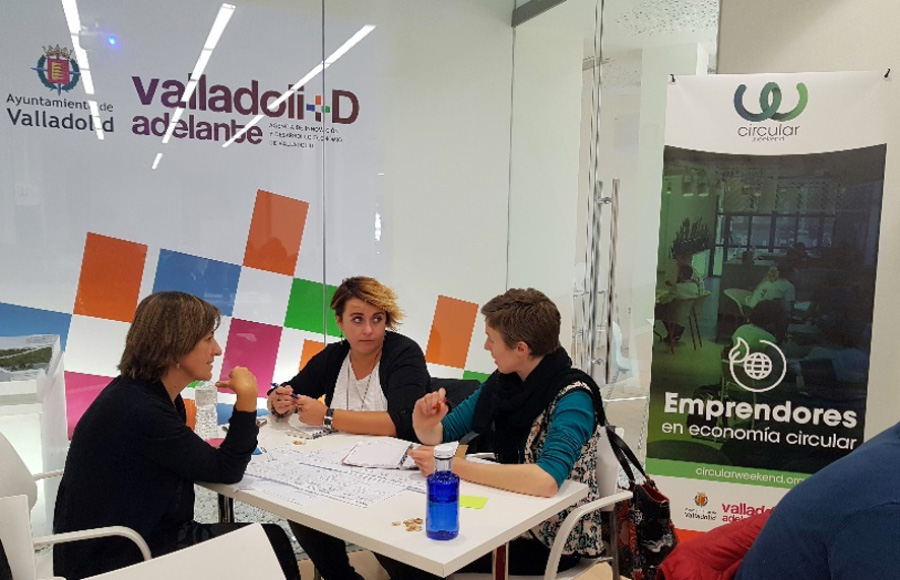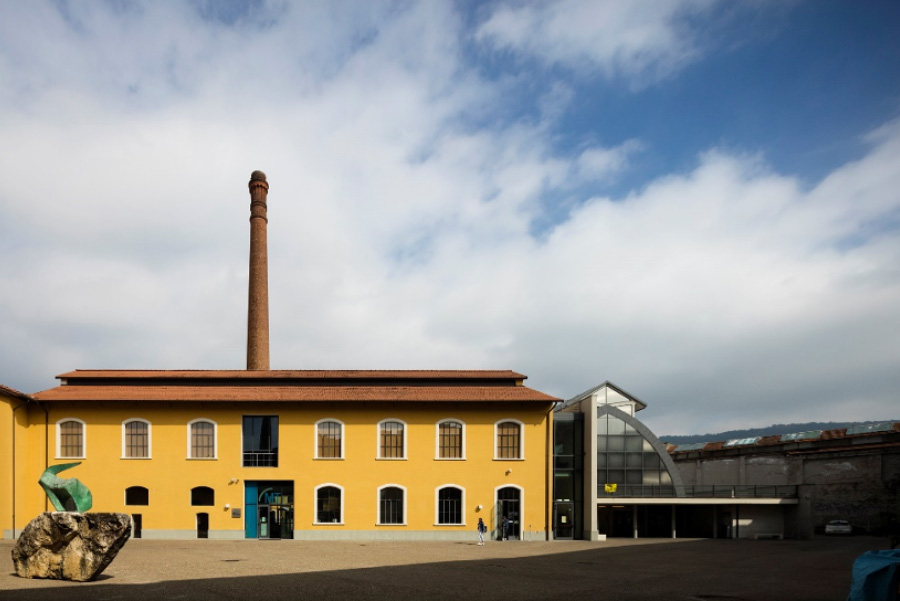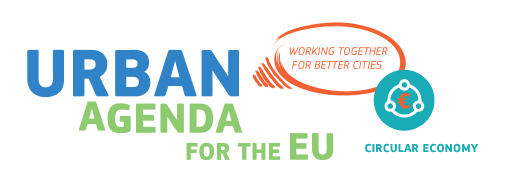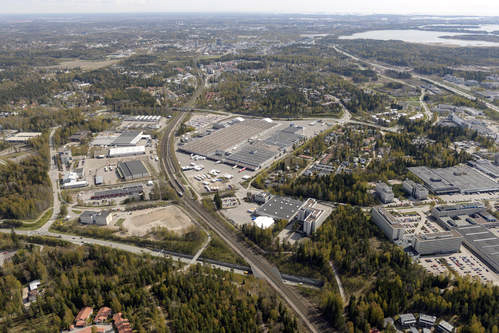
Espoo, the second largest city in Finland, can proudly call itself one of Europe’s most sustainable cities. The city ranked number one in two sustainability benchmark studies of 145 European cities conducted by Tilburg University in 2016 and 2017.1,2 The studies have triggered an ambition in the city to maintain its position as the most sustainable city in Europe, fostering the implementation of more sustainable projects. Espoo has currently embraced the circular economy concept as an important means to retain its position among Europe’s sustainability trailblazers.
Espoo’s sustainable development approach
Espoo’s journey towards sustainability started with a city council that strongly believed that cities need to be sustainable to thrive. In recent years, the city has invested in public transportation, introduced city bikes, founded several new nature-conservation areas, hosted campaigns on sustainable lifestyles, and introduced an ambitious plan for carbon neutral district heating by year 2025.
The city’s integrated perspective on sustainability is reflected in its Sustainable Espoo development programme ![]() . The programme sets the following targets:
. The programme sets the following targets:
- Build a sustainable Espoo by using smart solutions;
- Develop streamlined and sustainable transportation;
- Create emission-free energy production and smart energy solutions;
- Help the citizens of Espoo to live sustainably;
- Integrate the city better in the surrounding environment.
These targets guide Espoo in the selection and initiation of new projects. Stakeholders are regularly invited by the municipality to discuss new project ideas, thus ensuring continued public engagement and the involvement of the local business community. When a project idea is identified, Espoo assigns one project manager who can act as a point of contact for the municipality and who is accessible for the involved stakeholders.
The programme does not specifically refer to the circular economy, because circularity is considered to be important for all sustainable solutions.
Circular economy in the Kera district
 As part of the Sustainable Espoo programme, several circular projects are currently implemented. These projects promote sustainable lifestyles, job creation and the growth of circular business activities. Espoo’s main circular projects are implemented in Kera, an industrial district located 20 minutes away from Helsinki.
As part of the Sustainable Espoo programme, several circular projects are currently implemented. These projects promote sustainable lifestyles, job creation and the growth of circular business activities. Espoo’s main circular projects are implemented in Kera, an industrial district located 20 minutes away from Helsinki.
The Kera district borrowed its name from Kera Oy, a ceramic plant founded there in 1920. The district still houses several companies and was until recently the logistics centre of a large retailing cooperative. The announcement that the cooperative will move its logistics centre out of the city opened opportunities to use this space for different purposes.
Espoo has formulated the ambition to develop Kera into an international example of a circular economy district. The city has initiated several projects that contribute to that ambition:
- Smart and Clean Kera project
 : Kera’s industrial district will be turned into a smart and circular city district that consists of repurposed buildings and new circular buildings. The buildings will be residential, creating housing for around 14,000 residents, as well as commercial, providing office space for around 10,000 people. It is foreseen that over a third of the new residents will live in the area that was until recently the logistics centre. A physical hub in the district will be created to facilitate the co-creation of new circular ideas via networking, experimenting and prototyping. The hub will be supported by a digital platform where digital solutions and applications can be tested. The Smart and Clean Kera project is partly funded by the Finnish Innovation Fund Sitra
: Kera’s industrial district will be turned into a smart and circular city district that consists of repurposed buildings and new circular buildings. The buildings will be residential, creating housing for around 14,000 residents, as well as commercial, providing office space for around 10,000 people. It is foreseen that over a third of the new residents will live in the area that was until recently the logistics centre. A physical hub in the district will be created to facilitate the co-creation of new circular ideas via networking, experimenting and prototyping. The hub will be supported by a digital platform where digital solutions and applications can be tested. The Smart and Clean Kera project is partly funded by the Finnish Innovation Fund Sitra  and is a collaboration with the Smart & Clean Foundation of the Helsinki Metropolitan Area
and is a collaboration with the Smart & Clean Foundation of the Helsinki Metropolitan Area  .
. - KIEPPI project
 : Through KIEPPI, which is a Partnership Model for Sustainable Neighbourhoods, neighbourhoods like Kera will be developed into sustainable areas that generate new jobs and businesses based on a circular/sharing economy. The neighbourhood concept of KIEPPI entails that the waste from one business is used as a raw material by another business in an industrial symbiosis. The project will host several pilots in Espoo and other participating cities, in which businesses co-operate with other businesses, universities and municipalities to decide on how resources can be used more efficiently. This project is part of the Sustainable Espoo development programme and partly funded through the European Regional Development Fund.
: Through KIEPPI, which is a Partnership Model for Sustainable Neighbourhoods, neighbourhoods like Kera will be developed into sustainable areas that generate new jobs and businesses based on a circular/sharing economy. The neighbourhood concept of KIEPPI entails that the waste from one business is used as a raw material by another business in an industrial symbiosis. The project will host several pilots in Espoo and other participating cities, in which businesses co-operate with other businesses, universities and municipalities to decide on how resources can be used more efficiently. This project is part of the Sustainable Espoo development programme and partly funded through the European Regional Development Fund.
The involvement of businesses is important for the success of the Kera district. After all, companies have to be interested in settling in the area and making the commercial buildings their new offices. The city notices enthusiasm among the business community for circular economy ideas, but also felt restrictions in the type of support that can be provided. Financially supporting companies to develop circular concepts in the area, for example, is restricted by European state aid rules. Frequent dialogues with corporate partners on their long-term strategies, however, has helped the city to overcome this bottleneck.
Lessons learnt
Based on the experience of the City of Espoo with sustainable development and circular economy projects, several lessons can be learnt:
- An overarching sustainability or circular economy programme with clear targets mobilises and aligns stakeholders and avoids random project ideas.
- Assigning a dedicated project manager from the municipality provides stakeholders with one clear point of contact and helps keeping track of the project’s progress.
- Securing financing for circular projects can be difficult, for example due to state aid rules. An alternative to direct financial support is bringing companies together to increase understanding and to align initiatives with long-term strategies. This can enable companies with similar visions to participate or invest in circular projects or districts with circular symbiosis. Learn more about state aid here.
More information
Contact
Helena Kyrki (Manager of Sustainable Development)
References
-
1. Zoeteman, B., Mulder, R., Smeets, R., and Wentink, C. (2016). Toward Sustainable EU Cities: A Quantitative Benchmark Study of 114 European and 31 Dutch Cities.
https://pure.uvt.nl/ws/portalfiles/portal/13611754/16142_85537_UvT_EU_Study_3_gecorrigeerd_def_RM_1_.pdf -
2. Zoeteman, B., Paenen, S., Mulder, R., and Wentink, C. (2017). Benchmarking Sustainability Performance of Espoo with Selected EU Cities: A 2017 Benchmark Study of 15 Selected High Scoring Cities in Northern Europe, Prepared for the City of Espoo, Finland.
https://pure.uvt.nl/ws/portalfiles/portal/19971591/Benchmarking_Sustainability_performance_of_Espoo_with_selected_EU_cities_2017.pdf
